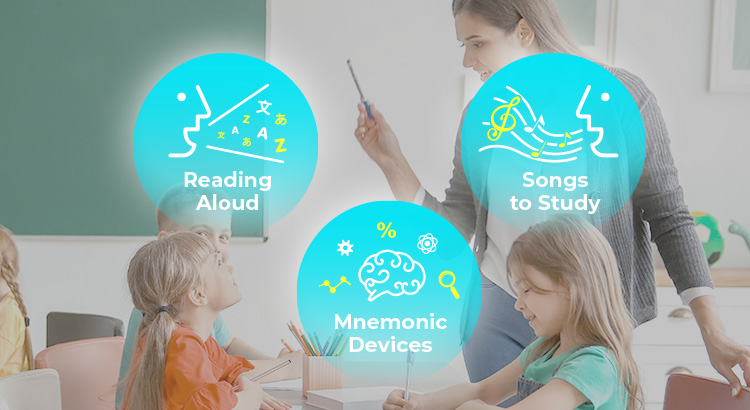Unveiling the Ultimate Memorization Techniques for Verbal and Visual Learners
Memorization is an essential skill that serves as the foundation for learning and retaining information. While every individual possesses their unique learning style, verbal and visual learners have distinct preferences when it comes to absorbing and remembering information. In this article, we will explore the top memorization techniques tailored specifically for verbal and visual learners, helping them enhance their ability to recall and retain information effectively.

For Verbal Learners:
Mnemonics and Acronyms:
Verbal learners often find solace in words and phrases. Mnemonics and acronyms provide an excellent tool for memory enhancement. Create catchy phrases or abbreviations that help you remember complex information. For instance, “ROYGBIV” is a mnemonic for the colors of the rainbow: Red, Orange, Yellow, Green, Blue, Indigo, and Violet.
Rhyming and Alliteration:
Verbal learners can leverage the power of rhyme and alliteration to remember information. Formulate catchy rhymes or sentences where the first letter of each word corresponds to the material you need to memorize. This technique transforms abstract data into memorable patterns.
Storytelling:
Crafting a narrative around the content you’re trying to memorize can be highly effective. Visualize a story with characters and events that relate to the information. This technique not only aids memorization but also helps in understanding and contextualizing the material.
For Visual Learners:
Mind Mapping:
Visual learners excel at organizing information spatially. Create mind maps that visually represent concepts, ideas, and relationships. Use colors, shapes, and connecting lines to make the map more engaging and memorable.
Flashcards and Visual Aids:
Flashcards are a classic tool for visual learners. Create flashcards with key information on one side and a visual representation or diagram on the other. Flashcards can be reviewed sequentially, shuffled, or organized by difficulty.
Visual Imagery:
Harness the power of vivid mental imagery to memorize facts and figures. Visual learners can associate information with memorable images, making it easier to recall. The more imaginative and unique the images, the better.
For All Learners:
Spaced Repetition:
Spaced repetition is a universal technique that benefits both verbal and visual learners. It involves reviewing material at increasing intervals over time. Apps and digital tools like Anki or Quizlet can be especially helpful in implementing this method.
Active Learning:
Engage with the material actively rather than passively reading or listening. For verbal learners, this could involve summarizing the content in your own words or teaching it to someone else. Visual learners can redraw diagrams or create visual summaries.
Multi-Sensory Approaches:
Combine verbal and visual techniques to create a multi-sensory learning experience. For example, read a passage aloud while simultaneously drawing related diagrams or illustrations. This approach appeals to both learning styles and enhances memory retention.
Conclusion
In the pursuit of effective memorization, understanding your individual learning style is key. Whether you are a verbal or visual learner, or somewhere in between, these top memorization techniques can be tailored to suit your needs. Experiment with different methods and find the ones that resonate with you the most. By doing so, you’ll unlock the full potential of your memory and make learning a more enjoyable and efficient experience.
Read More:- ENLIGHTEN YOUR EDUCATION: TOP 20 FREE EDUCATIONAL APPS FOR STUDENTS
Read More:- Navigating the Intellectual Odyssey: Unveiling the KVPY Exam




